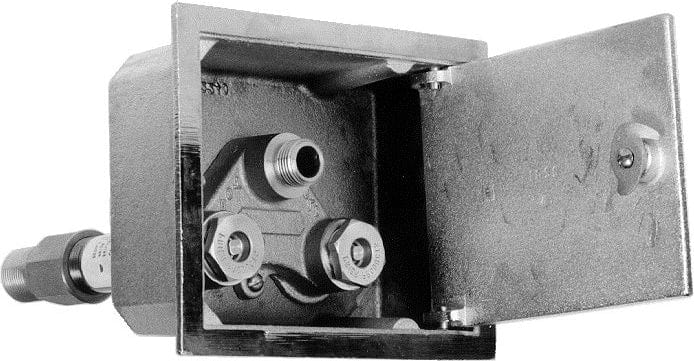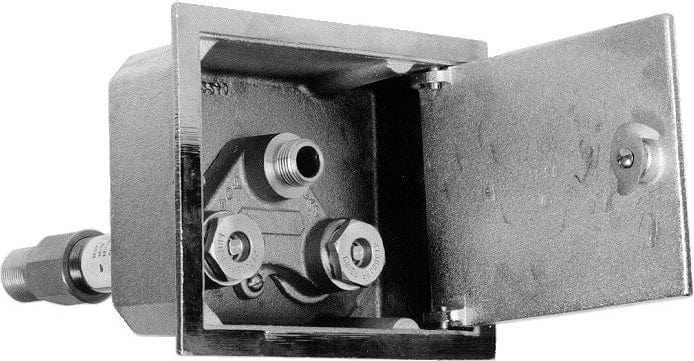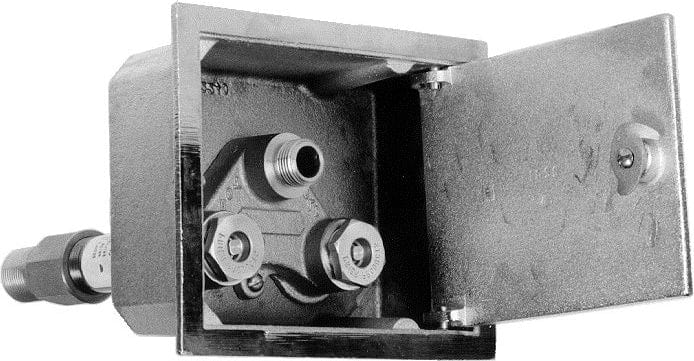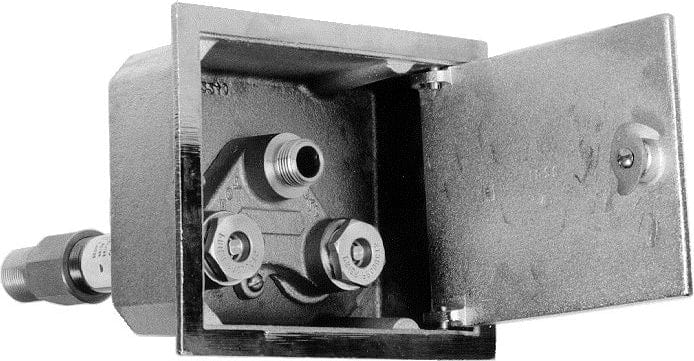About Sillcocks
Sillcocks, also known as sill faucets or outdoor water faucets, are plumbing fixtures that provide a water supply on the exterior of a building. They are typically mounted on the exterior walls and are designed for outdoor use, such as watering lawns, gardens, or washing vehicles.
Here are some key features and information about sillcocks:
-
Design: Sillcocks consist of a handle or lever for turning the water on and off, a spout or nozzle for attaching a hose, and a connection point for a water supply line. The spout may be threaded to accommodate various hose sizes or may have a universal connection mechanism like a quick-connect fitting.
-
Types: There are different types of sillcocks available, including standard sillcocks and frost-free or freeze-proof sillcocks. Standard sillcocks are the most basic type and may not have built-in protection against freezing. Frost-free or freeze-proof sillcocks are designed to prevent freezing and bursting in colder climates. These models have a longer stem that extends into the building, where the valve mechanism is located to be protected from freezing temperatures.
-
Operation: To use a sillcock, simply turn the handle or lever in the open position. This allows water to flow through the spout, enabling you to connect a garden hose or other watering device. When you're finished using the sillcock, turn the handle or lever to the closed position to shut off the water flow.
-
Backflow Prevention: Like hose bibbs, sillcocks should be equipped with a backflow prevention device to prevent the possibility of contaminated water flowing back into the main water supply. This helps safeguard the potable water supply from potential contaminants.
-
Maintenance: It's important to properly maintain sillcocks to ensure their longevity and prevent leaks. This includes periodically checking for leaks, repairing or replacing damaged washers or O-rings, and protecting frost-free sillcocks during the winter by disconnecting hoses and properly draining the line to prevent freezing.










